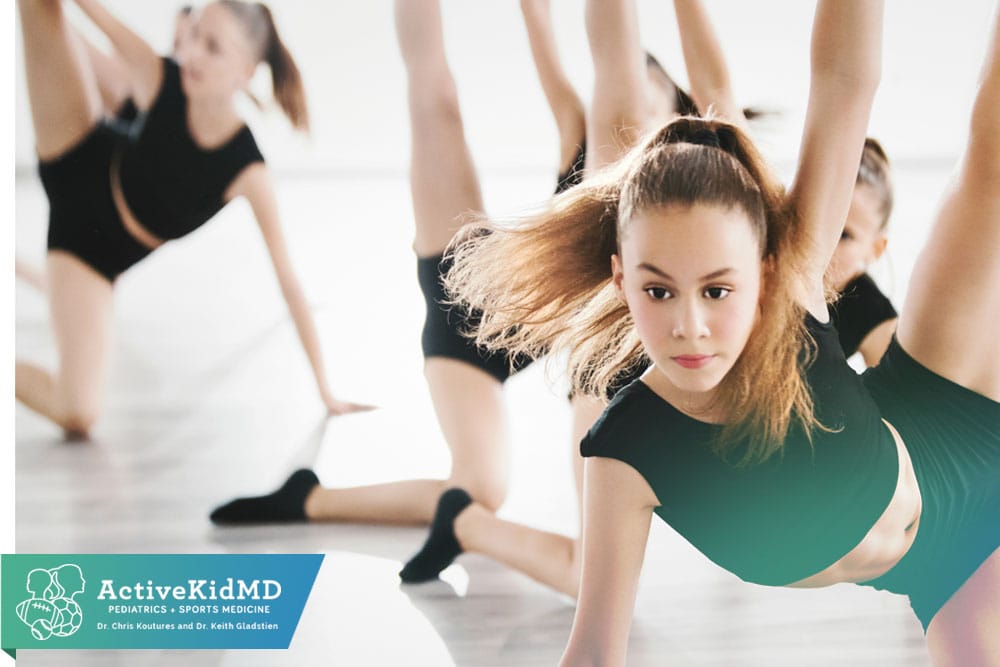If you are like most people, “Top 10 Lists” draw your attention.
Maybe it’s the “Top 10 Movies of All Time” or for dancers, the “Top 10 Dance Moves of All Time.”
Even for the biggest fans of “Top 10 Lists,” I’m guessing that the “Top 10 Tips to Prevent Injuries” isn’t topping many lists.
While no one likes to talk much about injuries, they are as part of the dance world as barres, shoes, and leaps. Dance injuries aren’t any fun, especially those that come up before big performances or ruin summer intensive plans. Indeed, some injuries are part of the price of doing dance business. There is no real cause or place to point the blame. They just happen during the flow of an intense dance move. However, many others can be prevented, or if they occur, they can come with less damage and time away. So that’s why I put together this “Top 10 List.”
 If dancers, instructors and families read and live it, there’s more chances of starring on center stage versus dialing a dance medicine specialist. These tips are not just from textbooks, they are from the school of hard dance knocks.
If dancers, instructors and families read and live it, there’s more chances of starring on center stage versus dialing a dance medicine specialist. These tips are not just from textbooks, they are from the school of hard dance knocks.
Dancers of all ages, from beginners to professionals, have been my teachers, and I have been their student. I have also had the pleasure of learning from some of the most caring and intelligent dance health advocates and professionals. Throughout this learning process, I’ve seen enough common things happen far too commonly. So this list is thus intended to share what I’ve been taught with dancers (and parents) of all ages. It might be especially important for those younger dancers and families just getting their start.
As many of us know, dance moves quickly. Many young dancers start off with one class a week. With any sense of talent and interest, months later that beginner is suddenly now living at the dance studio. This includes multiple classes a day, extra rehearsals, new instructors, and even travel competitions. Sometimes all of this all takes place before the end of first grade. This can be a hard concept for younger, inexperienced families to wrap their heads around.
That’s again where I would appreciate seeing this “Top 10” list really be used. This “Top 10 List” can help answer some of the most frequent dance questions I get:
- How much dance is too much for my daughter?
- Does my dancer need time off from dance, and if so, how much?
- How can we tell when my dancer is ready to move on to higher levels, to pointe, or to competitive dance?
- Is the type of dance floor important in reducing the risk of injury?
- Why do my feet (or knees, shoulders, hips, or back) hurt after dance?
- What strength work should I do to be a stronger and safer dancer?
- When do we get worried about pain during or after dance?
- How can we best balance all the classes, rehearsals, and competitions/performances?
- What are the best things to do when my dancer is hurt?
So please check out, and more importantly, please use this “Top 10” list. If something on it really got your attention, please feel free to contact me or my office for more information.
May this “Top 10” list contribute to your health and your personal “Top 10 Dance Moments!”
Ask the Experts: 10 Tips to Reduce Dance Injuries – Backstage Socal


